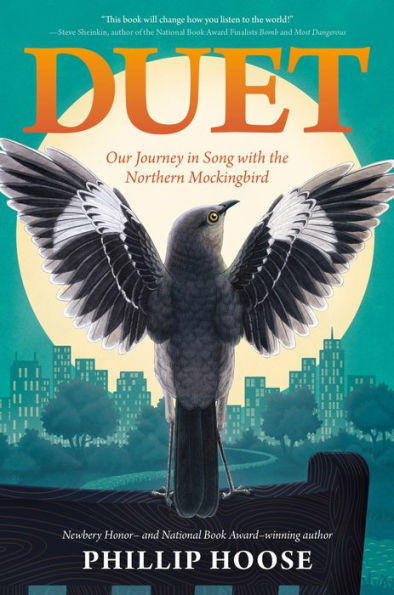Table of Contents
Introduction: What's That Sound? 3
Chapter 1 Four Hundred Tongues: Mockingbirds and Native Americans 11
Chapter 2 Settlers, Explorers, and Mock-Birds: 1492 to 1750 17
Chapter 3 "Dick Signs": Thomas Jefferson and the First White House Pet, 1803 25
Chapter 4 Mocker v. Nightingale-Full-Throated Rivalry: Colonial Period 33
Chapter 5 A Rattlesnake Climbs a Tree: Audubon, Wilson, and Plate 21, 1827 39
Chapter 6 Turning Point: Charles Darwin and the Galápagos Mockingbirds, 1835 47
Chapter 7 Listening to the Mockingbird: Septimus Winner and Richard Milburn, 1855 57
Chapter 8 A Visit to High Street Market: Philadelphia, Mid-19th Century 63
Chapter 9 Parrott Shells and Minié Balls: The Mocker in the Civil War, 1861 to 1865 69
Chapter 10 Women to the Rescue: 1865 to 1918 75
Chapter 11 Hush, Little Baby: 1918 to 1937 83
Chapter 12 Amelia Laskey, Citizen Scientist: 1920s to 1970s 89
Chapter 13 To Kill a Mockingbird: 1960 99
Chapter 14 Improvising: Mockers on the Move, 20th and 21st Centuries 103
Chapter 15 "They Know Me!": The Genius of Mockingbirds, 2007 111
Epilogue 117
What You Can Do to Help Mockingbirdgs and Other Songbirds 123
Acknowledgments 126
Source Notes 128
Index 137



